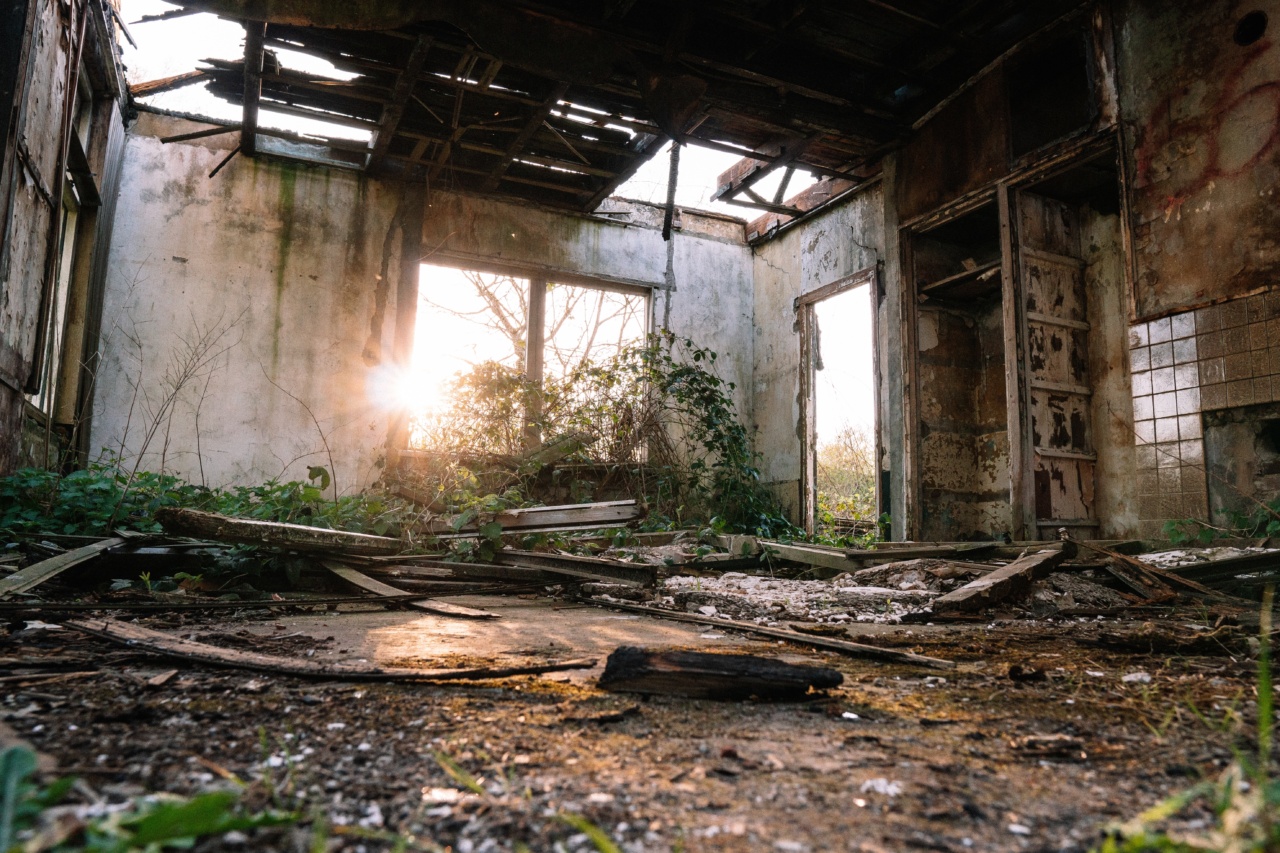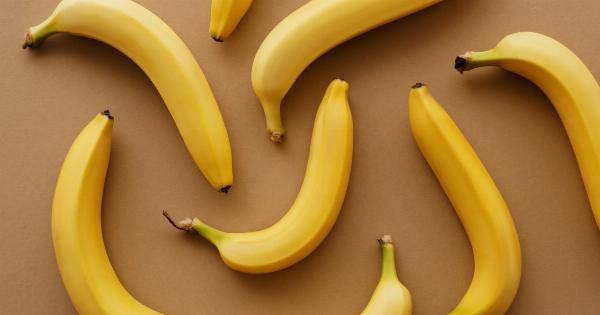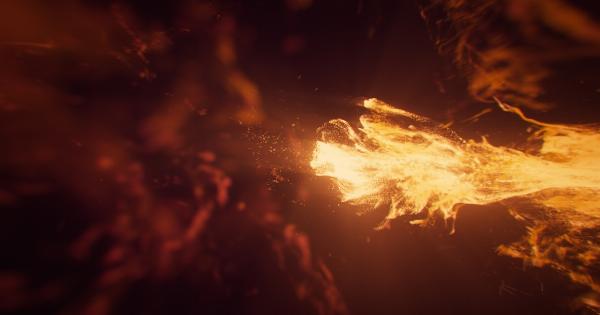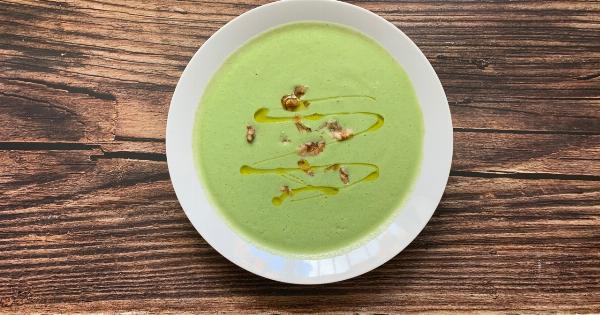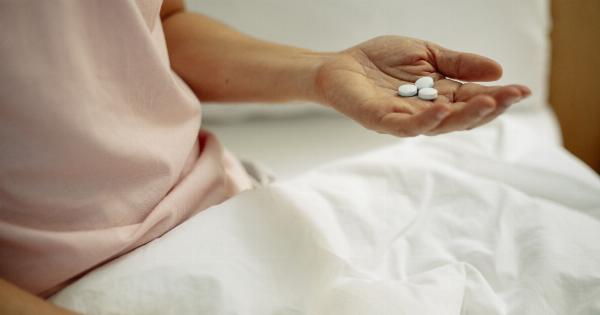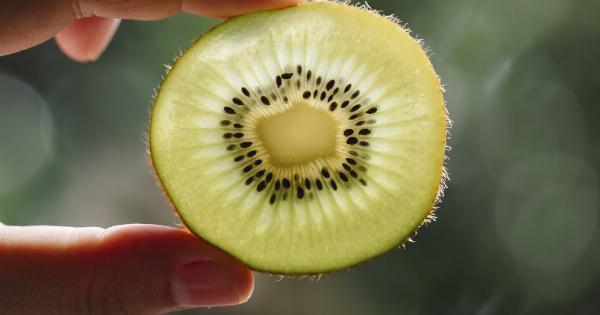The biliary bladder, also known as the gallbladder, is often overlooked when discussing the human organ system. Nestled beneath the liver, this small, pear-shaped organ plays a crucial role in the digestion and metabolism of fats.
Despite its importance, it is often overshadowed by other organs such as the heart, lungs, or even the stomach. In this article, we will explore the function, anatomy, and common disorders of the biliary bladder, shedding light on this forgotten organ.
Anatomy of the Biliary Bladder
The biliary bladder is a muscular organ that stores and concentrates bile, a digestive fluid produced by the liver. It lies on the underside of the liver, connected to the common bile duct via the cystic duct.
The bile is released into the biliary bladder from the liver through the hepatic ducts. The organ is divided into three main parts: the fundus, body, and neck. Despite its relatively small size, the biliary bladder can expand to hold up to 50 milliliters of bile.
Function of the Biliary Bladder
The primary function of the biliary bladder is to store and concentrate bile. Bile, produced by the liver, contains bile salts, cholesterol, bilirubin, and other substances necessary for the digestion of fats.
When we consume a fatty meal, the biliary bladder contracts, releasing bile into the small intestine through the common bile duct. The bile salts aid in the emulsification and breakdown of fats, allowing them to be efficiently absorbed by the body.
Additionally, the biliary bladder plays a role in the enterohepatic circulation. After bile is released into the small intestine, some of it is reabsorbed and returned to the liver, where it undergoes further modification.
This process ensures the recycling of bile salts and other components, reducing the need for the liver to constantly produce new bile.
Disorders of the Biliary Bladder
Like any organ, the biliary bladder is susceptible to various disorders. One of the most common ailments is the formation of gallstones. These are hardened deposits that can range in size from tiny grains to large stones.
Gallstones can develop when there is an imbalance in the components of bile, such as increased cholesterol or decreased bile salts. These stones can obstruct the bile ducts, causing intense pain, inflammation, and even infection. Treatment may involve medication, dietary changes, or in severe cases, surgical removal of the biliary bladder.
Another disorder is cholecystitis, which refers to the inflammation of the biliary bladder. This can occur if the flow of bile is obstructed, often due to gallstones. Cholecystitis can cause severe abdominal pain, nausea, vomiting, and fever.
In some cases, complications such as gangrene or perforation of the biliary bladder may arise, requiring emergency medical intervention.
Biliary dyskinesia is a condition characterized by abnormal gallbladder contraction. It may result in impaired storing or releasing of bile, leading to digestive problems. Symptoms include abdominal discomfort, bloating, and diarrhea.
Treatment options for biliary dyskinesia may include medication or, in severe cases, surgical removal of the biliary bladder.
Prevention and Care for a Healthy Biliary Bladder
Maintaining a healthy lifestyle can contribute to the overall well-being of the biliary bladder. A diet low in cholesterol and saturated fats may help reduce the risk of gallstone formation.
Regular physical activity and avoiding rapid weight loss or weight gain can also support the optimal functioning of the biliary bladder.
In cases where biliary bladder disorders are diagnosed, the treatment will vary depending on the specific condition. Consultation with a healthcare professional is essential for accurate diagnosis and appropriate treatment.
The Biliary Bladder: An Essential Component of Digestive Health
While the biliary bladder may be overlooked, its importance cannot be understated. This often forgotten organ plays a vital role in the digestion and metabolism of fats, contributing to overall digestive health.
Understanding its anatomy, function, and potential disorders can enable individuals to take steps towards maintaining a healthy biliary bladder and preventing potential complications.
